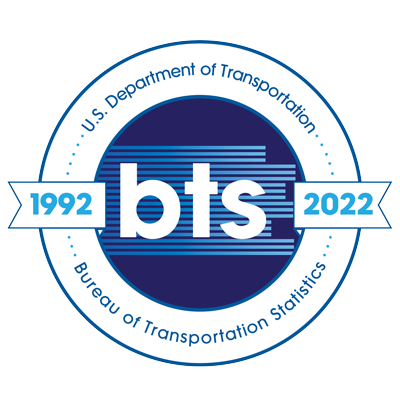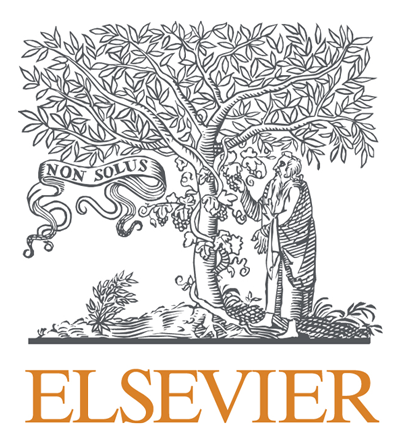Access to telehealth via Two-Step Virtual Catchment Area (2SVCA) method in Louisiana
Topics:
Keywords: Two-Step Floating Catchment Area (2SFCA) method; Two-Step Virtual Catchment Area (2SVCA) method; Telehealth; Louisiana
Abstract Type: Paper Abstract
Authors:
Yutian Zeng, Louisiana State University
Fahui Wang, Louisiana State University
,
,
,
,
,
,
,
,
Abstract
Telehealth has been widely employed and has transformed how healthcare is delivered in the United States as a result of COVID-19 pandemic. While telehealth is utilized and encouraged as it is supposed to reduce the cost and time and pressure of hospitalization, there are also debates on whether telehealth can promote equality in healthcare services by narrowing the gap among diverse groups. Using Two-Step Floating Catchment Area (2SFCA) method and Two2-Step Virtual Catchment Area (2SVCA) method, this study calculates and compares the disparities of physical and virtual access to primary care physicians (PCPs) in Louisiana. Both physical and virtual access to PCPs exhibit similar spatial patterns that high scores concentrate in urban areas, followed by low-density and rural areas. Because of the absence of available broadband connections, rural areas lack access to telehealth. For different residential places, the disparities are significant. The spatial concentration of black population around urban center has a positive impact on physical accessibility, but not on access to telehealth. The disparities of accessibility also manifest in non-spatial aspects, more disadvantaged groups have significantly lower accessibility. Accessibility to telehealth decreases with the increase of disadvantage levels, while the variances of accessibility increase. Telehealth fails to improve the accessibility for residents with lower physical accessibility.
Access to telehealth via Two-Step Virtual Catchment Area (2SVCA) method in Louisiana
Category
Paper Abstract








